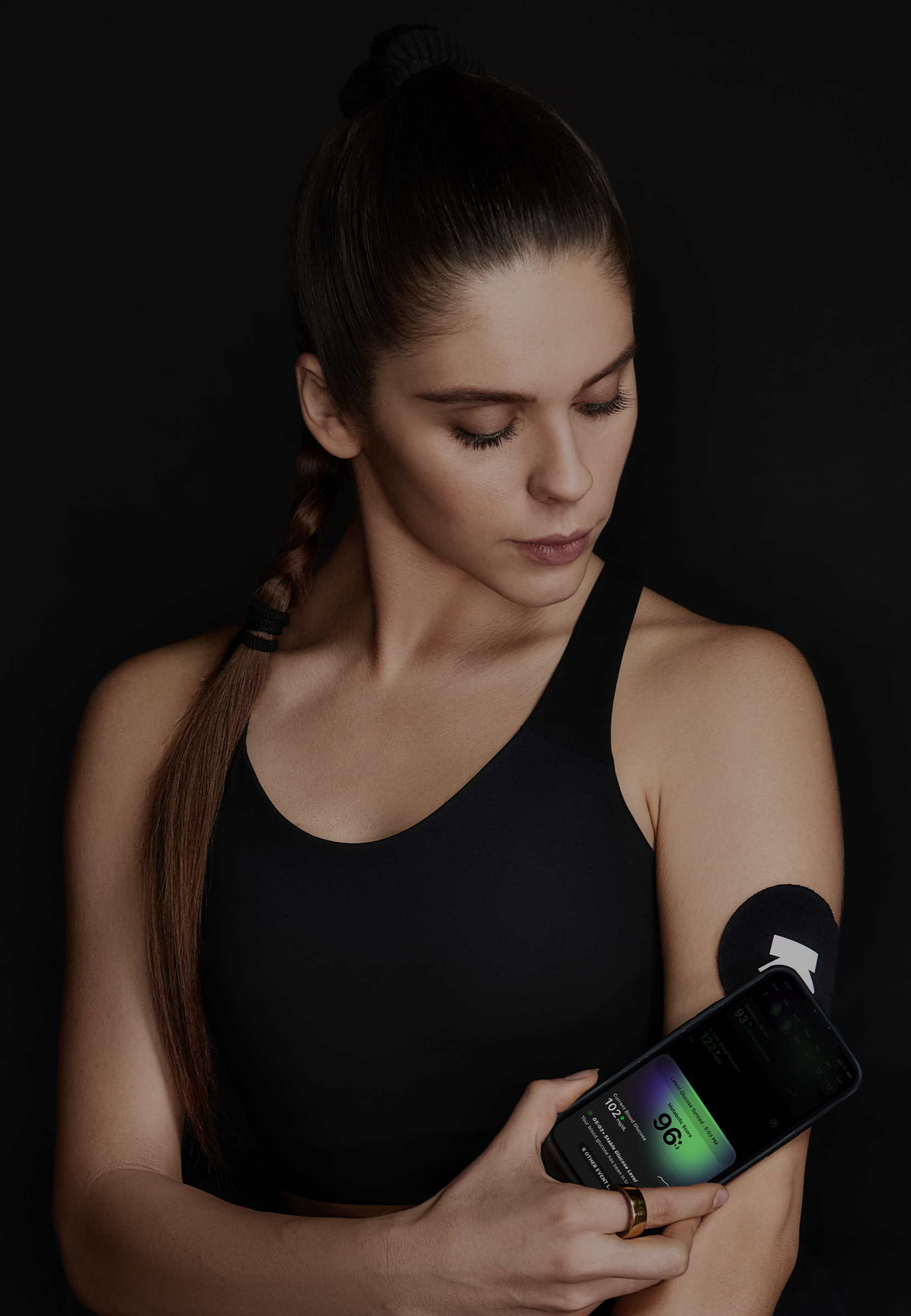
Curd (Amul) (1 Serving), Sambar (1 Cup) and Japanese Red Rice (1 Cup)
Lunch
115 mg/dL
avg. peak value
Usually causes a medium spike
Avg. Food Score on Ultrahuman App
Ultrahuman Users got an UNSTABLE response
How to consume curd, japanese red rice, sambar without glucose spikes
Portion Control
Reduce the portion size of curd, Japanese red rice, and sambar in your meal. Smaller portions can help moderate the glucose spike.
Add Fiber
Include high-fiber vegetables like spinach, kale, or broccoli in your meal. Fiber can slow down the absorption of sugars, helping to stabilize blood sugar levels.
Incorporate Protein
Add a lean protein source such as grilled chicken, tofu, or legumes to your meal. Protein can help slow down carbohydrate absorption.
Healthy Fats
Include healthy fats like avocado, nuts, or seeds in your meal. These fats can help reduce the blood sugar impact of your meal.
Pre-Meal Exercise
Engage in light exercise such as a short walk or stretching before your meal. Physical activity can help improve insulin sensitivity and reduce glucose spikes.
Drink Water
Start your meal with a glass of water, which can help you feel fuller and may assist in moderating blood sugar levels.
Meal Timing
Try to eat at regular intervals and avoid skipping meals, which can help maintain more consistent blood sugar levels throughout the day.
Mindful Eating
Eat slowly and mindfully to give your body time to process the food, which may help in managing blood sugar responses.
Balanced Meals
Ensure that your plate has a balance of carbohydrates, protein, and fats rather than predominantly carbohydrates to help modulate glucose levels.
Monitor and Adjust
Keep track of your blood sugar levels after meals to understand how these foods affect you personally, and adjust your meal composition accordingly.

Discover
metabolic
health with M1
Ultrahuman M1 helps you measure the impact of food and activity on your body in real time through glucose as a biomarker.
Explore Ultrahuman M1Find Glucose response for your favourite foods
Explore OGDbYour cart is empty
Browse through our products and find something for you.
